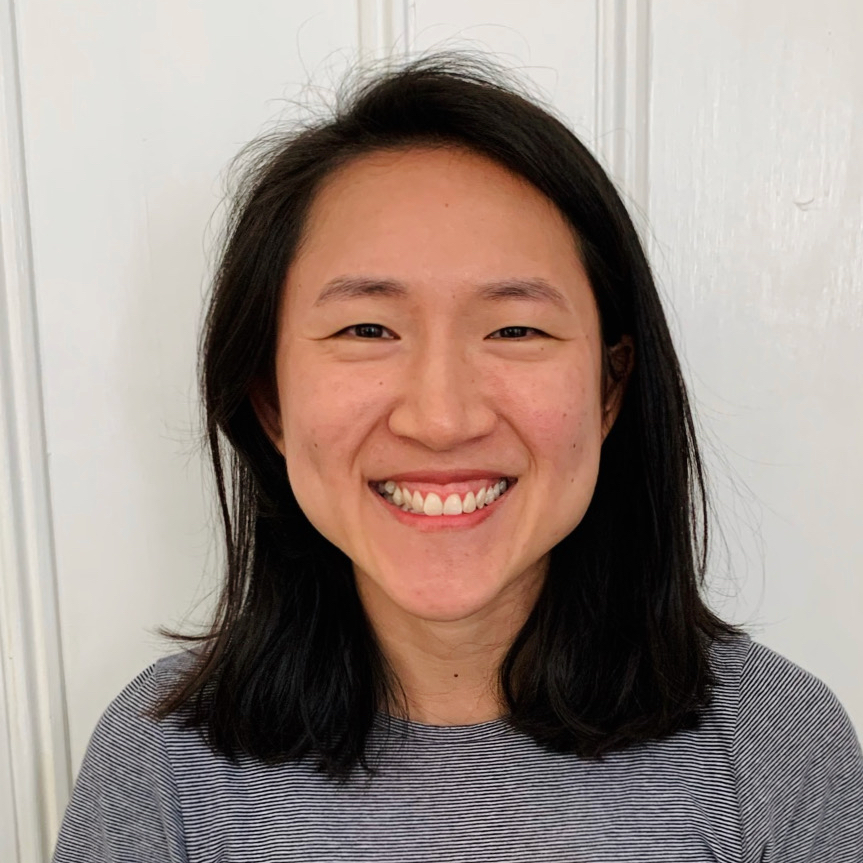Obsessive Compulsive and Related Disorders
(PS2-83) Network Analysis of Individuals Receiving ERP
- KS
Kate Sheehan, B.S.
Graduate Student
University of Toledo
Toledo, Ohio, United States 
Jennie M. Kuckertz, Ph.D.
Administrative Director of Research
McLean Hospital/Harvard Medical School
Belmont, Massachusetts, United States
Clarissa Ong, Ph.D.
Assistant Professor & Clinic Director
University of Toledo
Toledo, Ohio, United States
Junjia (Judy) Xu, B.A.
Graduate Student
University of Miami; McLean Hospital
Cambridge, Massachusetts, United States
Author(s)
Co-Author(s)
There is little consensus on the theories underlying exposure and response prevention (ERP) regarding which mechanisms are responsible for symptom change. Emotional processing theory, for example, emphasizes habituation as the active ingredient responsible for symptom change resulting from ERP (Foa & Kozak, 1986). Inhibitory learning posits that expectancy violations contribute to symptom reduction (Craske et al., 2008), and acceptance and commitment therapy suggests that willingness to experience difficult thoughts, feelings, and sensations is essential to ERP success (Twohig, 2009). Previous research suggests that other components of exposure influence outcomes; specifically, parameters like understanding of exposure rationale (Ong et al., 2022), engagement (Leeuwerik et al., 2023), ritualizing (Weisman & Rodebaugh, 2018), and peak subjective units of distress (SUDs) during exposures may drive ERP outcomes.
The current study uses network analysis to understand the relationships between these variables and compare them in individuals beginning of a course of ERP (in the first two weeks of treatment) to those completing ERP (in their final two weeks of treatment). Analyses included 182 adults receiving intensive ERP for obsessive-compulsive disorder (OCD). Networks diagrams included OCD symptom severity, exposure mechanisms (willingness, habituation, expectancy violation) and theory-nonspecific parameters (understanding of ERP rationale, exposure engagement, peak SUDs, and ritualization) as nodes connected by edges, or lines representing the relationships between nodes as partial correlation coefficients (Epskamp et al., 2018). We examined the networks for centrality, or nodes with many strong relationships with others and differences between the networks of those beginning and completing ERP.
Results indicated that the network structures and central nodes of those beginning ERP did not differ from those completing ERP, but the influence of ritualization differed (p = .03). For both networks, understanding ERP rationale and engagement were the two nodes with the highest total correlations with other nodes, indicating centrality. In addition, more ritualizing was linked to greater OCD severity, better understanding rationale and increased willingness were linked to greater engagement, and less habituation was linked to greater expectancy violation. Results indicate that it may be important for clinicians to thoroughly review psychoeducation to ensure rationale is understood. It may also be important to design exposures of an appropriate level of difficulty and monitor for rituals, especially for those with severe OCD. Results also indicate that exposure engagement is crucial, so intervening on poor engagement may bolster treatment effects.

.png)
